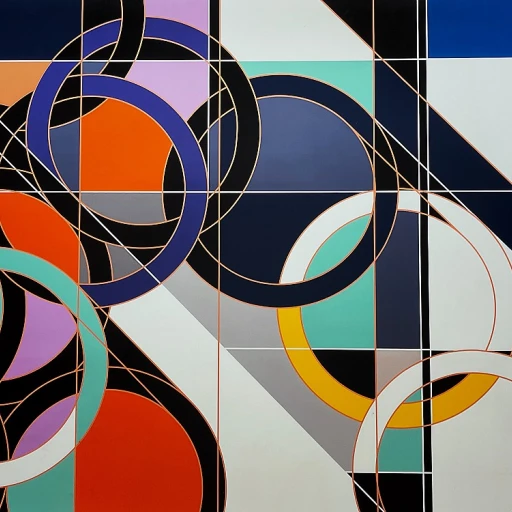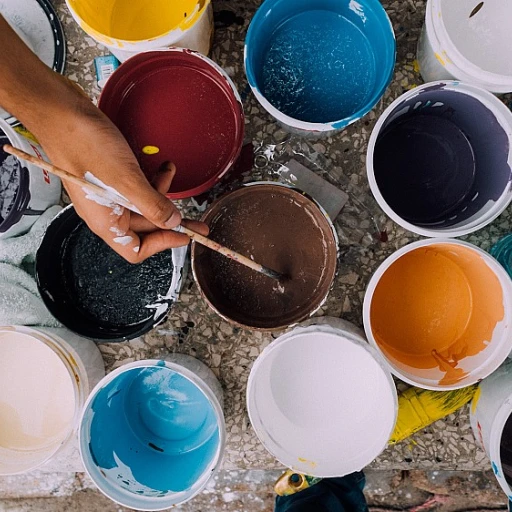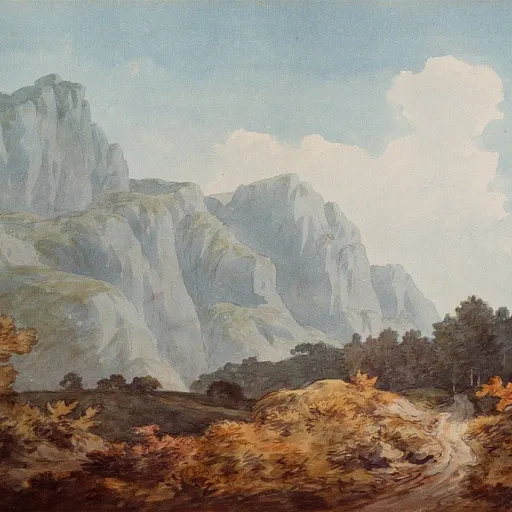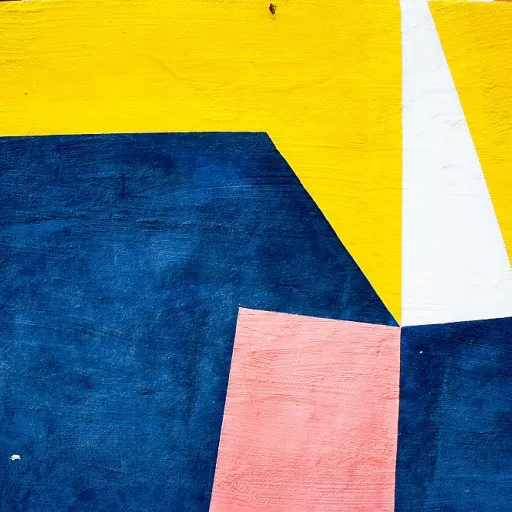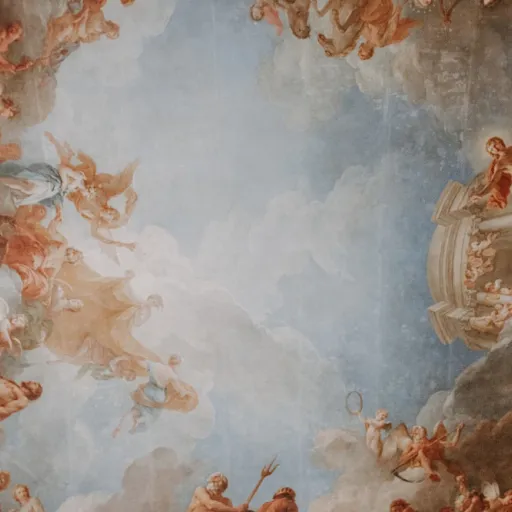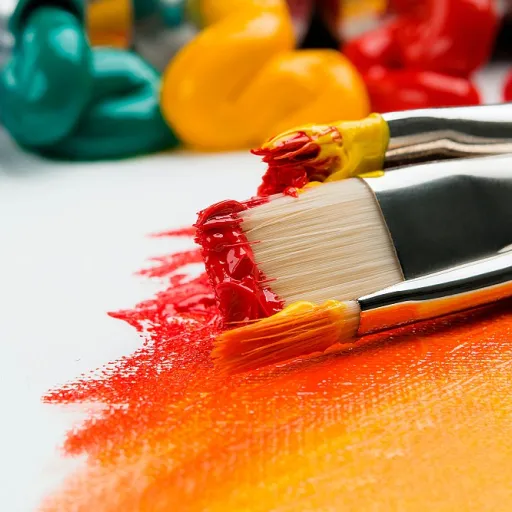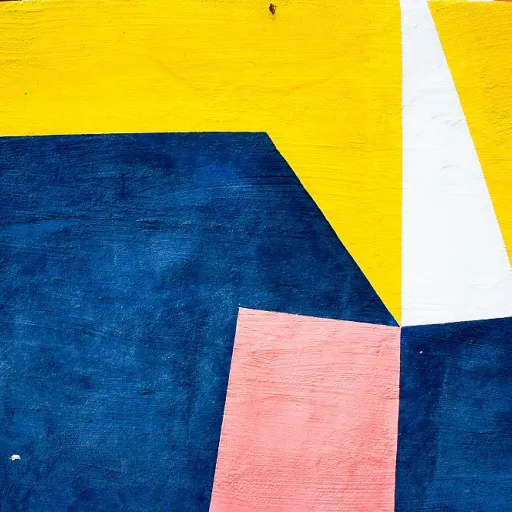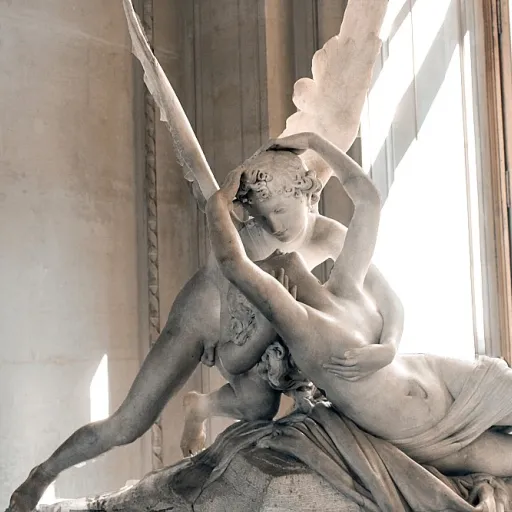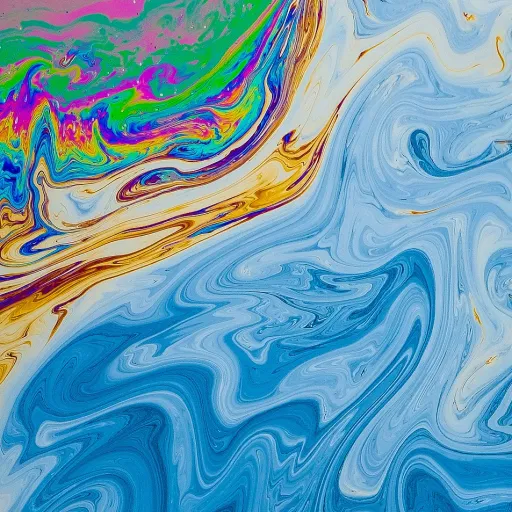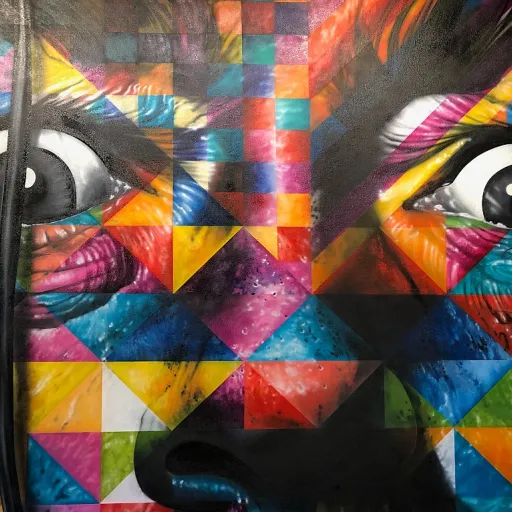-teaser.webp)
Understanding the presence of anxiety in luxury artwork
Tracing Anxiety’s Roots in Luxury Art
Luxury artwork has long served as a mirror for the complexities of the human mind, especially when it comes to anxiety. The presence of anxiety in art is not a recent phenomenon. Historical masterpieces and contemporary works alike reflect the struggles mental health brings into modern life. Through painting, sculpture, and mixed media, artists have found ways to externalize their internal battles, making anxiety a natural form of creative expression.
Many collectors and enthusiasts are drawn to luxury artwork that explores psychological themes. This is partly because art can help people process negative emotions and manage anxiety. According to a recent study on the allure of masks in luxury art, the symbolism and hidden meanings in high-end pieces often resonate with viewers’ own mental health journeys. The connection between art and mental health is further supported by research from leading universities and mental health organizations, which highlights how art therapy can alleviate anxiety and depression.
- Luxury art often channels stress, anxiety, and depression into visual narratives.
- Works like the iconic "Scream" by Edvard Munch have become universal symbols for serious anxiety and existential dread.
- Artists use their hands and process to transform psychological tension into tangible forms, inviting viewers to reflect on their own mental and physical states.
In today’s fast-paced world, anxiety art continues to gain relevance. Collectors seek out pieces that not only showcase technical mastery but also offer a deeper psychological connection. This intersection of mental health and luxury arts is shaping the way people perceive and curate their collections, setting the stage for further exploration of the techniques artists use to convey anxiety and the emotional impact on viewers.
Techniques artists use to convey anxiety
Visual Language of Anxiety in Masterpieces
Luxury artwork often channels anxiety through a sophisticated visual language. Artists use color, form, and composition to evoke mental and physical sensations that mirror the experience of stress, anxiety, and depression. For example, distorted figures, swirling backgrounds, and tense brushstrokes can communicate the turmoil of modern life. The iconic "Scream" by Edvard Munch is a prime example, where the undulating sky and the figure’s hands pressed to the face encapsulate a universal sense of dread. Studies in art therapy and mental health suggest that such visual cues help viewers recognize and process their own negative emotions, making the artwork a natural form of psychological support.
Materials and Techniques as Emotional Tools
Artists working in the luxury segment often select materials and techniques that intensify the emotional resonance of their work. Thick impasto, expressive lines, and dramatic contrasts between light and shadow can all heighten the sense of anxiety. The process itself becomes a form of creative expression, allowing the artist to externalize struggles with mental and physical health. Research from leading universities and art institutions has shown that engaging with anxiety art can help alleviate anxiety and depression, both for the creator and the viewer. This therapeutic potential is a key reason why collectors are drawn to such works.
- Color choices: Stark reds, deep blues, and muted grays often symbolize stress and emotional intensity.
- Composition: Off-kilter perspectives and fragmented forms reflect the disorientation of serious anxiety.
- Texture: Rough, layered surfaces can evoke the tactile reality of mental struggles.
Technology and Contemporary Approaches
Today, technology is expanding the ways artists explore anxiety in their work. Digital media, interactive installations, and even virtual reality experiences allow for new forms of psychological engagement. These innovations not only broaden the connections between art and mental health but also offer collectors immersive ways to manage anxiety and stress. For those interested in how cutting-edge entertainment technology is transforming the experience for art enthusiasts, there are resources that delve deeper into this evolving landscape, such as cutting-edge entertainment technology for art enthusiasts.
Ultimately, the techniques artists use to convey anxiety in luxury artwork are as varied as the emotions themselves. Through careful study and creative innovation, these works continue to offer both solace and insight to people navigating the complexities of mental health in the arts.
The emotional impact on collectors and viewers
The viewer’s journey: from discomfort to connection
Luxury artwork that delves into anxiety often evokes a powerful emotional response. When collectors and viewers encounter pieces that capture the raw intensity of mental health struggles, such as anxiety or depression, the experience can be both unsettling and deeply moving. The process of engaging with these works—whether a painting echoing the silent scream of modern life or a sculpture that embodies stress and tension—can trigger a range of feelings, from empathy to introspection. Art has long been recognized as a mirror for the human condition. Studies from respected institutions, including university-led research on art therapy, suggest that viewing anxiety art can help people process their own negative emotions. This is not just about seeing anxiety depicted; it’s about feeling it in a natural form, through color, texture, and creative expression. For some, this encounter can even offer a sense of relief, as if the artwork is helping to alleviate anxiety by making it visible and shared. The psychological impact of luxury artwork exploring anxiety is heightened by the exclusivity and rarity of these pieces. Knowing that a particular work is unique or part of a limited collection can intensify the emotional connection. Collectors often describe a sense of kinship with the artist, recognizing shared struggles with mental or physical health. This connection can be therapeutic, echoing the principles of art therapy, where creative works become tools to manage anxiety and depression. For those who curate collections around the theme of anxiety, the act of selecting and displaying such works becomes a form of self-expression and even advocacy. It’s a way to acknowledge the prevalence of stress, anxiety, and depression in modern life, while also celebrating the resilience and creativity that can emerge from these experiences. The hands of the artist, visible in every brushstroke or sculpted form, remind viewers that they are not alone in their struggles. If you’re interested in how classic stories and psychological themes intersect in luxury art, you may find this exploration of enchantment in art insightful. The connections between narrative, emotion, and visual expression continue to shape how we experience and understand anxiety in the world of luxury artwork.The role of exclusivity and rarity in amplifying anxiety
The Paradox of Rarity: Heightening Emotional Tension
Luxury artwork often thrives on exclusivity. The rarity of a piece—whether a painting, sculpture, or mixed media—can amplify the psychological tension both for the artist and the collector. This dynamic is especially pronounced when the subject matter revolves around anxiety, mental health, or the struggles of modern life. The knowledge that only a select few can own or even view a particular work intensifies the emotional charge, making the experience more personal and, at times, more overwhelming.Scarcity and the Collector’s Mindset
Collectors of anxiety-themed luxury art often describe a heightened sense of urgency and desire. The scarcity of these works can evoke feelings similar to those depicted in the art itself—stress, anticipation, and even a form of anxiety. This is not just a psychological observation but has been explored in academic study, where the pursuit of rare objects is linked to increased emotional investment (see "The Psychology of Collecting," University of Cambridge, 2022). For some, acquiring a unique piece that explores depression, anxiety, or the process of managing negative emotions becomes a form of art therapy, helping them process their own mental health struggles.- Physical and mental reactions: The act of seeking out and acquiring rare anxiety art can trigger both physical and mental responses, echoing the themes within the work itself.
- Connection to the artist’s process: Knowing the hands that created the piece have grappled with similar emotions can make the connection more intense and meaningful.
Exclusivity as a Double-Edged Sword
While exclusivity can elevate the perceived value and emotional impact of luxury artwork, it also raises ethical questions. Artists and collectors alike must consider the implications of commodifying mental health struggles. There is a responsibility to ensure that the work does not trivialize serious anxiety or depression, but instead fosters genuine dialogue and support. This is especially relevant in the context of modern life, where stress and anxiety are increasingly common, and art can serve as both a mirror and a form of therapy.Amplifying the Conversation
Ultimately, the rarity of luxury artwork exploring anxiety can help bring important mental health topics to the forefront. By creating and curating collections that address these themes, the art world can play a vital role in destigmatizing psychological struggles and promoting creative expression as a natural form of healing. The interplay between exclusivity, emotional resonance, and social responsibility continues to shape how people experience and value anxiety art in today’s world.Curating collections around the theme of anxiety
Building a Narrative Through Curated Collections
Curating a collection around the theme of anxiety in luxury artwork is a nuanced process. It requires not only an understanding of the psychological and emotional layers present in each piece, but also a sensitivity to the mental health narratives that these works evoke. Collectors and curators often seek out paintings and sculptures that reflect the complexities of modern life—where stress, anxiety, and depression are common threads. This approach transforms a private collection into a visual study of the human condition, offering viewers a space to reflect on their own struggles and emotions.Considerations for Selecting Anxiety-Themed Works
When assembling such a collection, several factors come into play:- Artistic Process: Works that visibly showcase the artist’s process—such as expressive brushwork or raw, unfinished textures—can make the mental and physical experience of anxiety tangible. This is evident in the art of Edvard Munch, whose iconic painting "The Scream" has become a symbol of existential anxiety and psychological turmoil.
- Medium and Form: The choice of medium, whether painting, sculpture, or mixed media, can influence how anxiety is perceived. Some collectors gravitate toward pieces where the hands of the artist are clearly at work, emphasizing the natural form of creative expression as a therapeutic outlet.
- Emotional Resonance: Artworks that evoke strong emotional responses—such as a sense of unease, tension, or catharsis—are often prioritized. These pieces help viewers connect with their own mental health experiences, making the collection both personal and universal.
Therapeutic Value and Social Impact
Curating around anxiety is not just about aesthetics. There is growing recognition of the role art can play in mental health and therapy. Studies from leading universities and mental health organizations have shown that engaging with anxiety art can help people process negative emotions, manage anxiety, and even alleviate symptoms of depression. Art therapy, as a discipline, often uses works like those of Munch or Van Gogh to help individuals explore their own psychological landscapes.Fostering Connections and Dialogue
A thoughtfully curated anxiety-themed collection can foster connections between people, encouraging open conversations about mental and physical health. By presenting anxiety as a serious yet natural form of human experience, these collections invite viewers to reflect, empathize, and perhaps find solace in the shared struggles depicted through art. This approach not only elevates the cultural value of the collection but also positions it as a catalyst for broader discussions on mental health in the arts community.Challenges and responsibilities for artists and collectors
Balancing Expression and Responsibility
When artists choose to explore anxiety and mental health in their work, they step into a space that is both personal and public. The process of translating psychological struggles into art—whether through painting, sculpture, or mixed media—demands sensitivity. Artists must consider how their creative expression might affect viewers, especially those who have experienced serious anxiety or depression themselves. The intention is often to help people feel seen, but the impact can be unpredictable.Ethical Considerations for Collectors
Collectors, too, face unique challenges when curating works centered on anxiety. There is a fine line between supporting art that raises awareness and inadvertently glamorizing or commodifying mental struggles. It is important for collectors to:- Research the artist’s intent and background, including any relevant study or collaboration with mental health professionals
- Consider the context in which the artwork will be displayed, ensuring it fosters understanding rather than discomfort
- Engage with works that contribute to the ongoing conversation about mental and physical health, rather than those that exploit negative emotions



